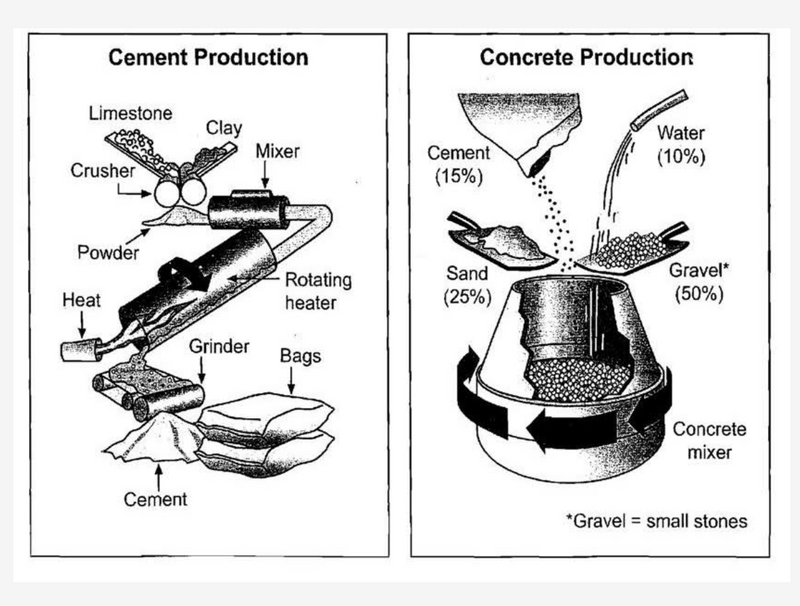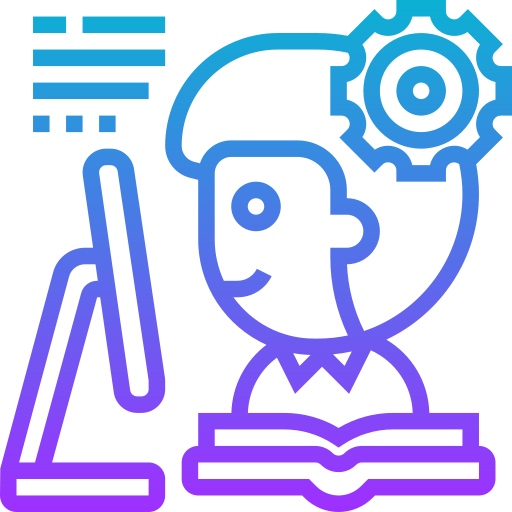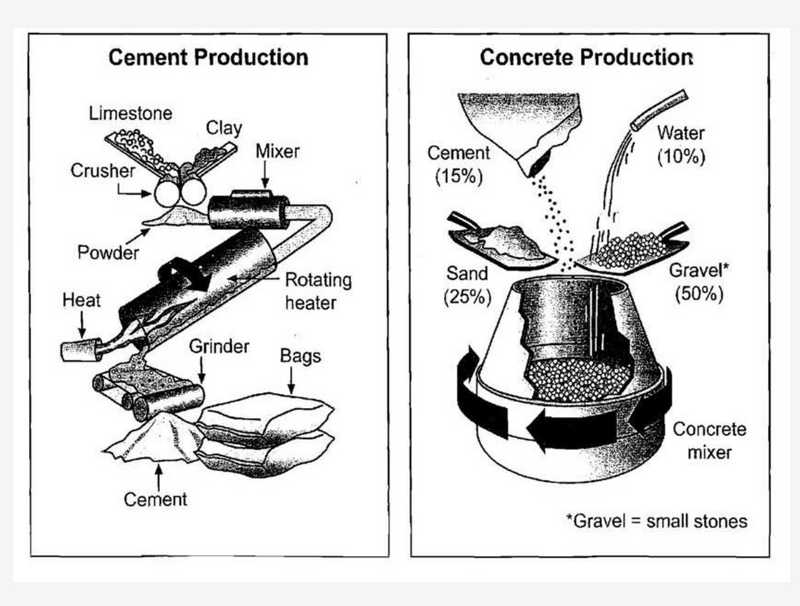Ever looked at a process diagram in IELTS Writing and thought, "Where do I even start?"

That's exactly how many students feel. We see arrows, boxes, and labels, but have no idea how to describe it all in 150+ words.
In fact, many test takers score lower because they don't know how to organize their IELTS process diagram responses.
But don't worry! With a few strategies, you'll be able to describe even the most confusing IELTS process diagrams with confidence!
Understand What an IELTS Process Diagram Is
An IELTS process diagram shows how something works or is made, like water cycles, manufacturing, or food production.
There’s no opinion or data analysis needed, just a description.
Focus on the sequence and use passive voice (“The mixture is heated…”).
The picture below is the typical IELTS process diagram:
 Source: IELTS Cambridge Book 8, Test 3
Source: IELTS Cambridge Book 8, Test 3
Structure & Style: The Formula for a Great Response
 Use a Clear Structure
Use a Clear Structure
Your response should include:
Introduction: Paraphrase the question.
Overview: Summarize the main stages or the overall flow.
Use logical order (top to bottom, left to right).
 Use the Right Language
Use the Right Language
Use the passive voice: "The material is collected..."
Use sequencing phrases: "First," "Next," "Then," "Finally,".
Include all key steps and link them with transition words like "then," "after that," "subsequently,".
Quiz
Which sentence is best for a process diagram?
Brainstorm & Plan Before You Write
Before jumping into writing, take 2–3 minutes to understand the diagram and jot down a few notes. This small step helps you write more quickly and clearly.
Here’s how to break down and IELTS process diagram:
 Look for the Start and End
Look for the Start and End
Where does the process begin?
What's the final product or result?
Example: Raw materials go in → Finished product comes out
 Count the Main Stages
Count the Main Stages
How many steps or boxes are there?
Are any grouped into phases?
Example: input → processing → output
 Identify Loops or Repeats
Identify Loops or Repeats
Does anything happen more than once?
Are there any materials or actions that return to an earlier step?
 Write a Quick Note Outline
Write a Quick Note Outline
Note key vocabulary from the diagram (you'll paraphrase them later!).
Sketch the sequence in 3-4 words per stage.
Example: mix → heat → cool → package
Let's Put It Together
The IELTS process diagram below shows the stages and equipment used in the cement-making process, and how cement is used to produce concrete for building purposes.
 Source: IELTS Cambridge Book 8, Test 3
Source: IELTS Cambridge Book 8, Test 3
Model Answer with Commentary
The diagram illustrates the process of producing cement and how it is then used to manufacture concrete for construction.
[This is a paraphrased version of the task prompt, showing the examiner you understood the task.]
Overall, cement production involves a linear process using various machines, while concrete production is a simpler process that combines specific proportions of materials in a concrete mixer.
[A clear overview required in IELTS Task 1. It summarizes both diagrams without unnecessary detail.]
First, limestone and clay are crushed together using a crusher to form a fine powder.This powder is then mixed thoroughly in a mixer before being transferred to a rotating heater, where it is heated.
After heating, the substance is passed through a grinder, producing cement. The finished cement is finally packed into bags for transport or use.
[Passive voice ("mixed", "is heated") is appropriate for describing a process. Also, using sequencing language helps structure the process logically.]
The second diagram shows that concrete is made by mixing four ingredients in specific ratios in a concrete mixer. These include 15% cement, 25% sand, 50% gravel (small stones), and 10% water. Once all the materials are added, the mixer rotates to blend them into usable concrete.
[This paragraph introduces the second diagram with clarity. Listing percentages shows accurate data use, which is important for higher band scores.]
In summary, while the production of cement is a complex process, making concrete is relatively straightforward and relies on combining precise amounts of materials.
[The final summary sentence helps wrap up the response by comparing the two processes.]
Take Action
Ready to try describing an IELTS process diagram yourself? Here's what to do:

Your feedback matters to us.
This Byte helped me better understand the topic.

